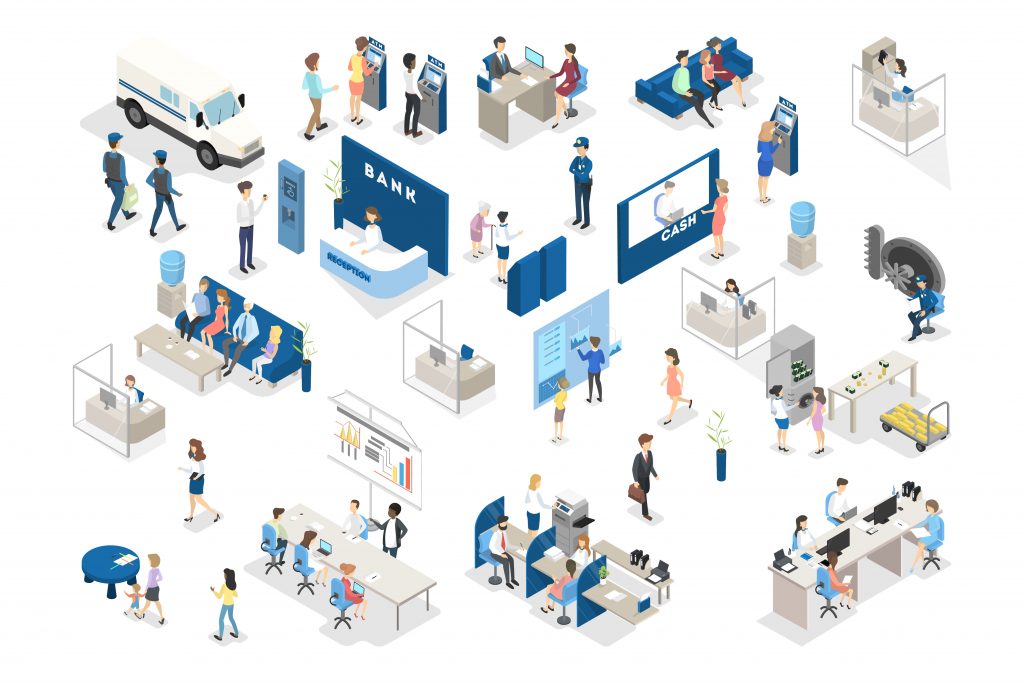
The world of fintech is awash with buzz phrases at the moment. So much so, that it can become a bit disorientating trying to understand who actually does what.
Banking as a Service (BaaS) has been getting a lot of hype recently, and justifiably so. But it could be described by another name… a much more generic name, a name you’ll probably know… ‘whitelabelling’.
Yes, Banking as a Service essentially means licensed banks providing other businesses the opportunity to integrate their digital banking services into non-bank products/services or conversely, fintech start-ups connecting with a bank’s systems via APIs to deliver a service that couldn’t be delivered in house.
But even that description sounds pretty evasive.
BaaS providers can be on either side of the fence, they can deliver a ‘virtual bank’ for a new market entrant (i.e. Starling Bank (a licensed bank) offering accounts and payments processing to Raisin – a savings marketplace), or they can empower a better onboarding experience like Edinburgh’s DirectID delivering data services via open banking APIs which speed up and enhance the credit risk cycle for bank’s writing new loans.
So, now we know what it is, let’s take a look at why BaaS is so exciting right now!
BaaS – The need
The need for BaaS was driven by the complexity of entering and innovating in such a heavily regulated industry.
Anyone who is trying to build, launch and run a financial service can be slowed significantly by a range of lengthy and costly hurdles. This means large early capital requirements aligning with a very slow ‘route-to-market’ just to test the viability of your designed solution, which had previously kept the financial services market small and impacted the opportunity for competition.
As such BaaS became a suitable solution for banks to support dynamic new, customer-orientated propositions and fintechs to leverage bank relationships to deliver innovation to the market through established, licensed entities.
There is a mutual benefit to the world of BaaS, in that established players with legacy infrastructure can tap into innovative modular solutions that would be difficult and costly to build in-house, whilst non-bank businesses get to leverage the licensed and regulated banking back-ends without needing to apply and be granted the relevant licenses, registrations and validations.
BaaS – How it works
Banking as a Service uses Application Programming Interfaces (APIs) to securely and directly communicate with systems across banks, businesses, fintechs and middleware providers.
This partnership layer creates opportunities for everyone involved. Legacy banks can monetise their services by launching BaaS platforms, businesses can offer whitelabelled financial products to their loyal consumer base, fintechs can find a cost-effective and scalable route to market and middleware providers benefit from the need for scalable IT infrastructure.
Instead of thinking in terms of competition, it is creating a new reality of partnership and integration.

BaaS – Innovations in the space
In a world where banking is no longer merely the remit of banks, building societies and credit unions, the product and service design can be approached from a very different perspective, and the inter-play and interoperability of solutions can be designed without the restrictions of legacy IT infrastructure. Thus increasing the potential for innovation many-fold. Let’s take a look at some of the new opportunities.
Big tech want a piece of the pie
Big tech companies see financial services as another string to their bow that makes them an indispensable part of people’s lives, whilst also being cognisant of the economic value that can be generated from leveraging traditional bank’s infrastructure alongside their brand & customer base.
Challengers want to integrate
Instead of thinking about the big banks as competitors, BaaS is empowering challenger banks to think of them as partners. Partners with experience, clout and value… whilst at the other end of the scale fintech start-ups can also feed into the challenger bank ecosystem by supporting their proposition from a range of customer-centric angles to deliver a single seamless experience.
Big banks want to diversify their revenues
By opening up their digital banking services via API, there can also be conversations around supporting commercial, product and compliance. Whereas banks would traditionally have had to ‘stand-up’ a full business function self contained within their organisation. BaaS allows them to monetise elements of their service offering, that previously would have just been a cost-base.
——
So there we have it, there’s a reason that everyone in financial services is excited about BaaS… and we are excited too. Any tech-enabled disruption peaks the interest of our expert technologists. So, the next time someone asks you about Banking as a Service, tell them all about how you plan to create customer and business value with your new and innovative propositions!
Waracle partner with a range of UK banks, pension providers, insurers and other financial services providers to transform their direct to customer offerings alongside their back office and IT infrastructure. If you have an idea of how your organisation will create new revenue streams with Banking as a Service, get in touch with us today.





